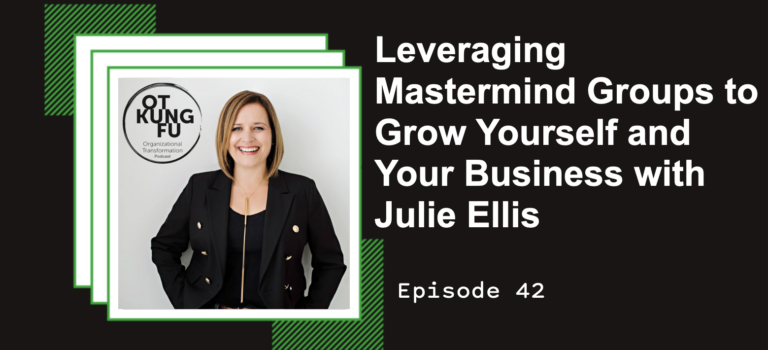
Happy Summer! Beat the heat with Sandi and Jen and listen along as they tackle the topic of influence (as a person, not for social media)! Today they cover:
- -How reciprocity is different within the workplace
- -How you show up as a leader to your peers vs. to your boss
- -The traits of a successful workplace influencer
- -Their love and use of the EverythingDiSC® by Wiley within training they have done
- -Negotiation awareness and the balance required to not cross the line into -manipulation
- -Persuasion vs. Influence
and more!





















